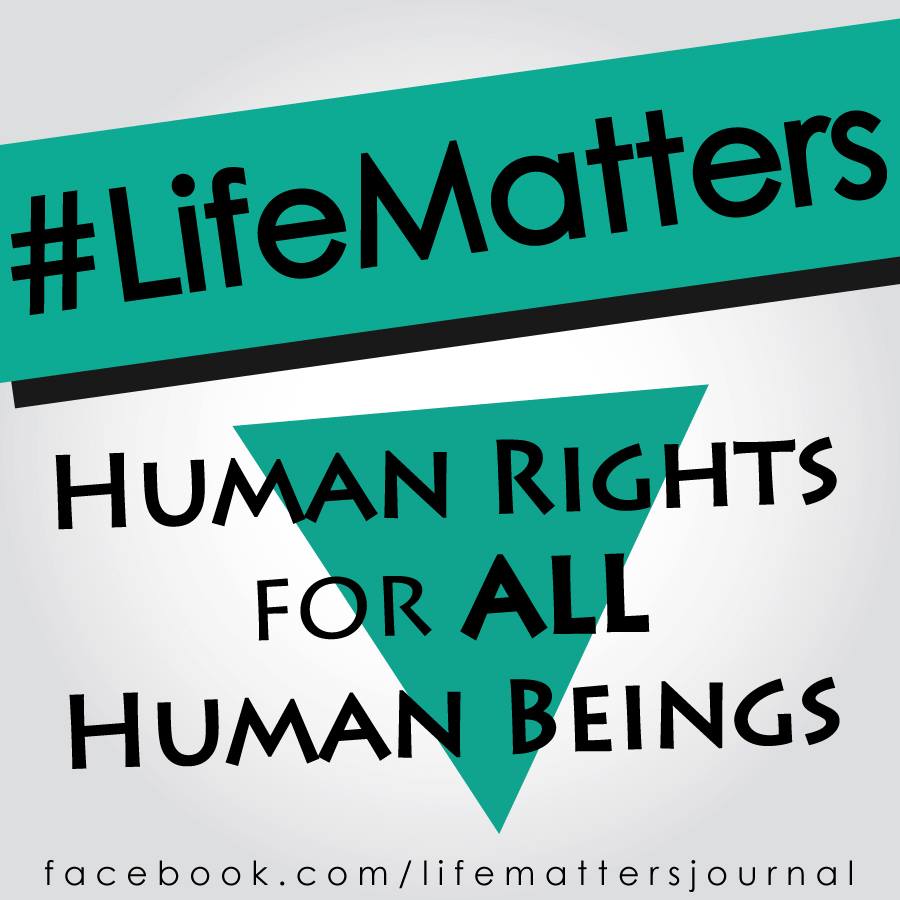(Reprinted from the Fall 2012 Life Matters Journal. An earlier version, titled “What the First Wave of Feminism Can Teach the First Wave of Common Ground” appeared at RHRealityCheck.org on July 9, 2009.)
Feminists of the 1960s and 70s were hardly the first to address abortion. Their nineteenth and early twentieth century foremothers also took a strong, if–to many today—unexpectedly oppositional stance. Since at least the late 1980s, prochoicers and prolifers have repeatedly, heatedly disputed the precise content and meaning of this herstory. After over two decades of research and writing on this subject, I cannot agree with prochoicers who outright deny that early feminists opposed abortion, or who claim that this opposition was for now irrelevant or retrograde reasons. Nor can I side with abortion opponents who crudely invoke early feminists even as they defend policies that harm women, such as restricted access to family planning (pregnancy prevention) services.
So what did early feminists really say and do regarding abortion, and why?
While I cannot here do justice to the abundant, many-voiced early feminist literature on abortion, I can briefly outline a consensus shared by everyone from anarchist, freethinking “free lovers” to Women’s Christian Temperance Union members. For documentation of primary and secondary sources, please consult the book I coedited with Rachel MacNair and Linda Naranjo-Huebl, ProLife Feminism Yesterday and Today: Second Expanded Edition (FNSA/Xlibris, 2005), as well as my article “Activism Through the Centuries” in Consistently Opposing Killing, edited by Rachel MacNair and Stephen Zunes (Praeger, 2008).
Like some who identify as feminists today, early feminists opposed abortion out of a belief that life began at conception and acquired human rights at that point. The context of this belief was something parallel to a present-day consistent life ethic. Early feminists’ concern for prenatal lives was hardly single-issue. It was interwoven with their robust advocacy for women, especially their defense of women’s nonabortion reproductive rights, and for already-born children. It was hardly unrelated to their challenges against racism, classism, imperialism, the death penalty and war and (in many cases) their promotion of animal welfare and practice of vegetarianism.
Early feminists did not oppose abortion simply in deference to its illegality. They nonviolently challenged many quite legal practices, such as the denial of women’s right to vote, marital rape and domestic violence, and bans on the open discussion and provision of family planning. Early feminists were deeply concerned about the danger to women’s lives from doubly unsafe procedures. At the same time, they spoke about any abortion that killed a woman as a taking of two lives, not one.
Early feminists demanded, and themselves created, greater social supports for pregnant and parenting women and their children. Single mothers and their children were ruthlessly denied food, clothing, shelter, and health care on the grounds that this was aiding and abetting “immorality.” Many single mothers could not survive without going into prostitution. Married mothers, too, struggled in isolation with such difficulties as domestic violence and economic insecurity. If they were middle or upper class, they faced enforced economic dependence; if working class, toxin-riddled, unsafe jobs that failed to pay living wages or allow for healthy child care practices. As happens today, pious rhetoric about the sacredness of marriage, home, and family frequently obscured these difficulties and blocked effective solutions.
Early feminists squarely held men responsible for any children they conceived, inside or outside marriage. They called men to responsibility in an even more radical way, starting with antislavery documentation of sexual and reproductive outrages that white men committed against African American women and children. As Matilda Joslyn Gage stated, no “subject lies deeper down into woman’s wrongs” than “the denial of the right to herself.”
Although this might seem very strange to today’s prochoicers, when early feminists spoke of a woman’s “right to herself” or “right over her own body,” for them this did not include a right to abortion. It did encompass many measures that would empower women to prevent unintended pregnancies, abortions, and cases of difficult motherhood. Woman’s right to her own body unquestionably meant her right to choose whether, when, and with whom she wished to have penis-vagina sex and thus face the possibility of conception. In other words, it meant freedom from rape, inside and outside of marriage—at a time when the very notion of marital rape was laughed at, even more than it is today. Despite the prevailing cultural belief that “virtuous” women should remain ignorant, feminists also insisted upon thorough sexual/reproductive health education as part of woman’s body-right.
Against widespread contempt for “old maids” like Susan B. Anthony, early feminists defended women’s right and ability to choose a generative singlehood. Although voluntary pregnancy prevention was cast and abhorred as some monstrously wicked, selfish shirking of maternal duty, many early feminists stood up for women’s liberty to use contraceptives and even resort to “Dianaism,” or sexual practices other than penis-vagina intercourse. In a time when women were reviled or pitied even more than they are today for not marrying men, a number of women’s rights activists openly chose “Boston marriages,” or committed same-sex domestic partnerships, or at the very least warmly supported their friends and colleagues who made this choice.
Could the herstory of early feminists on abortion still mean something for today’s abortion debate–other than more pointless, unproductive argument that leaves real-life women and children, born and unborn, out in the cold? Despite all the bickering I have heard and despaired over, I dare to hope so. I believe that this herstory holds two-at least two–big lessons for the present time.
First, many—not all, but many—prochoicers and prolifers alike can validly claim these pioneering feminists as foremothers. Substantial numbers on both “sides” share a consciousness of women’s and already-born children’s rights arising from shared historical sources. Second, if people from both “sides” share this consciousness, they can together contemplate the early feminist analysis of causes and solutions for unintended pregnancy and abortion. They can ask: How does this analysis fit and no longer fit the present? To what particular collective as well as individual responsibilities does it invite us?
What if a strong prochoice-prolife coalition demanded a toxin-free environment, a better child support enforcement system, a living wage, paid family leave, and genuinely universal health care, including a full choice of voluntary family planning methods, prompt access to quality prenatal care, and drug rehabilitation for those who need it? What if we redesigned schools, workplaces, places of recreation, and religious facilities to be truly family-friendly, to all kinds of families?
In regard to abortion itself, today’s prolifers and prochoicers obviously draw the parameters of a woman’s body-right differently. For many prolifers, pregnancy interconnects two equally valuable bodies and lives. For many prochoicers, pregnancy is a matter of one body and life, the woman’s, and/or perhaps a fully realized life nurturing a potential life inside of herself. But why can’t both “sides” at least cooperate on defending a woman’s body-right before conception?
Comprehensive sex education already enjoys a broad base of public support. It can incorporate strong messages of male responsibility and nonviolence towards women and children, as well as teaching young women the assertiveness and self-respect vital to making positive decisions about their bodies and lives.
And rooted as it is basic rights of health, speech, association, religion, and privacy—freedom of conscience in pregnancy prevention is another potentially large area of common ground. This includes the right to personally choose, or not choose, from among the various reversible or permanent contraceptive methods, fertility awareness/natural family planning, abstinence/celibacy, and sexual practices other than penis-vagina sex, whether in the context of straight or LGBT relationships. I’m not one of them, but I hope people with religious or ethical objections to any of these practices can agree that it is not government’s place to decide specifically how any of us do or do not exercise this right—even if government is responsible for ensuring that everyone can exercise it freely.
At the same time, I would like skeptical prochoicers to consider that prolifers may already be more supportive of woman’s body-right than expected. I personally have advocated this right for years, and know other prolifers who have done the same. We are not isolated cases—as shown by the appeal of All Our Lives, a nonprofit that I cofounded with Jen Roth. This nonprofit organization describes itself as “pro every life” and “pro nonviolent sexual and reproductive choices.”
If prolifers and prochoicers both take up and work steadily on these shared reproductive justice responsibilities, both at the collective and individual levels: what will our descendants be talking about and doing in a century or two? What places will unintended pregnancy and abortion have and not have in their society? I for one would love to know! Surely such a cooperative effort will both expand women’s choices and protect the lives of the unborn. And—even though we cannot be sure of what they would think—wouldn’t our feminist foremothers be proud of us, at long last?

